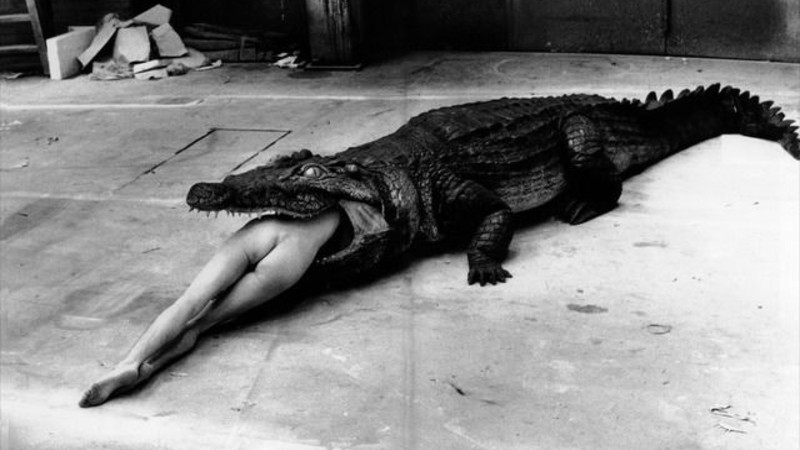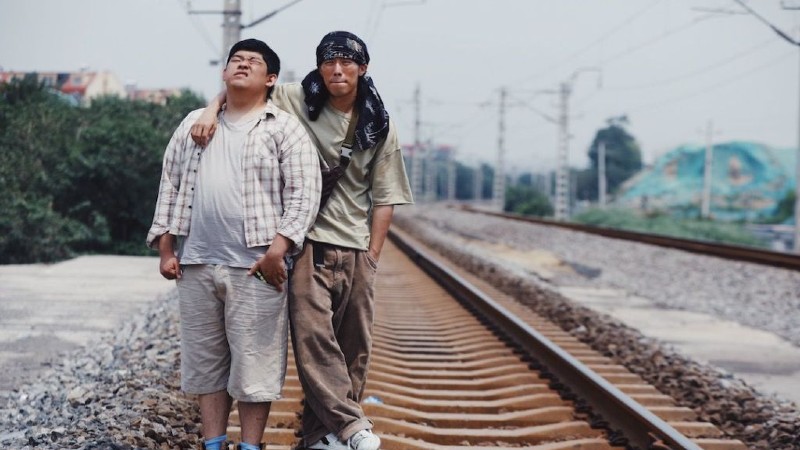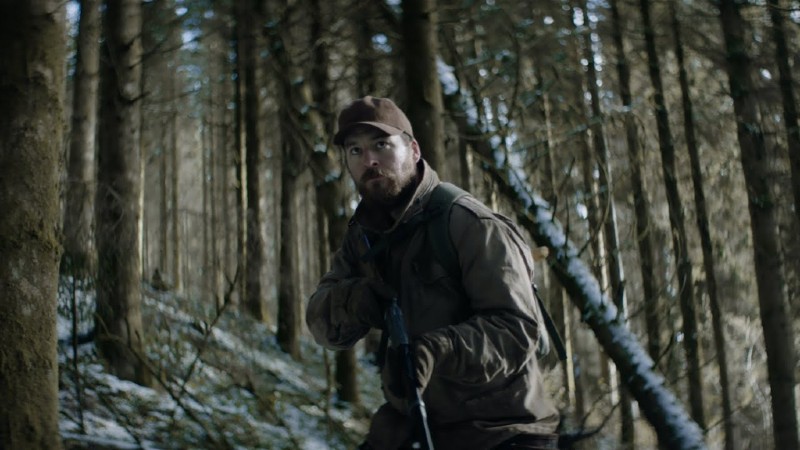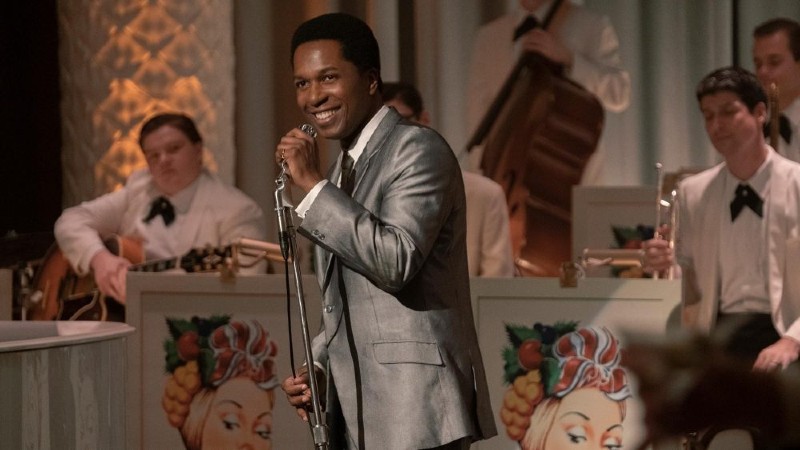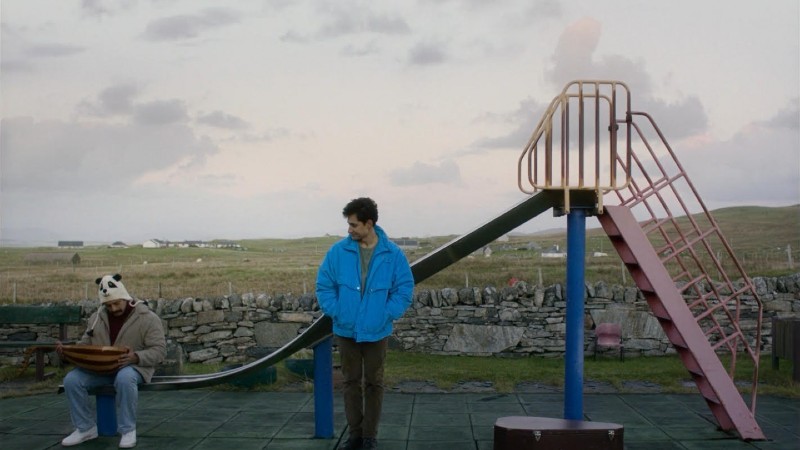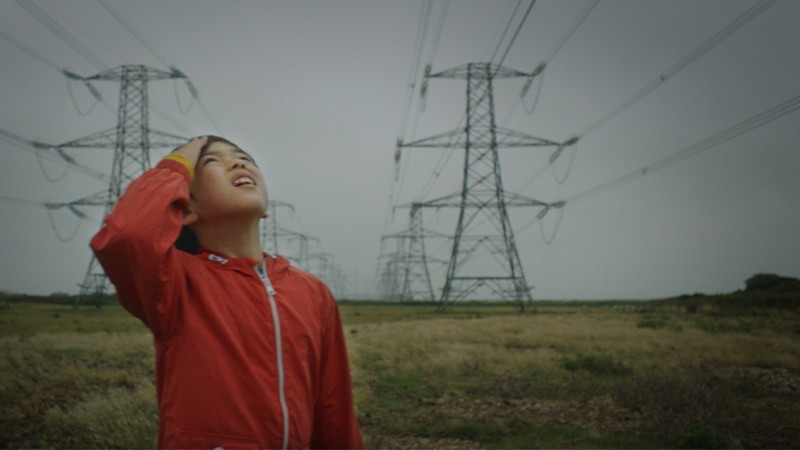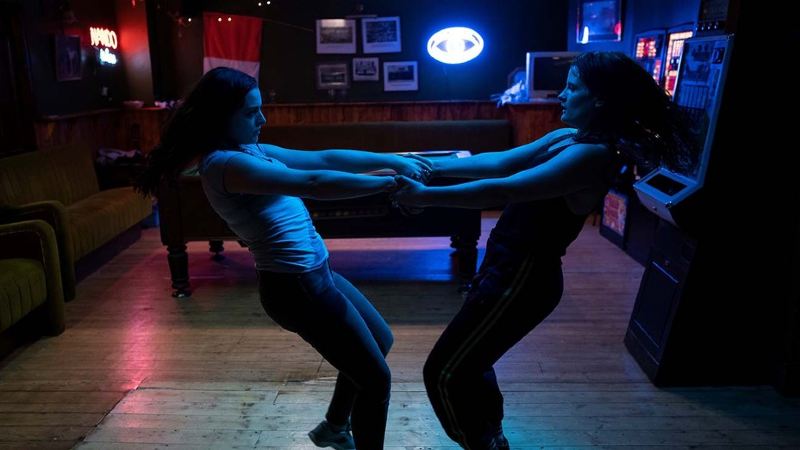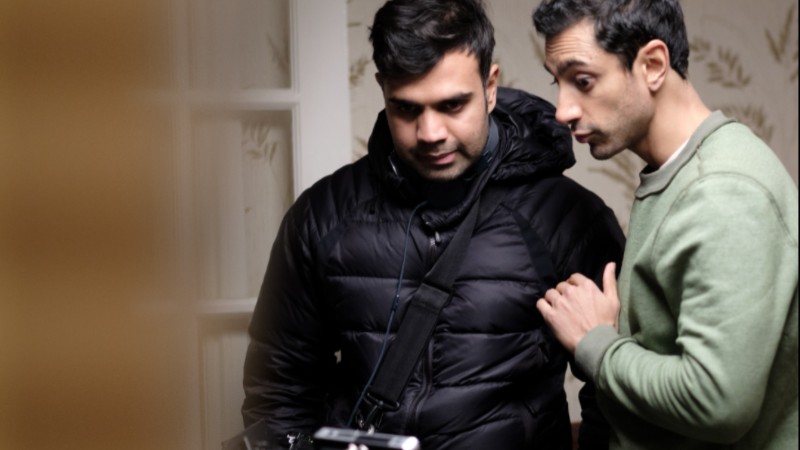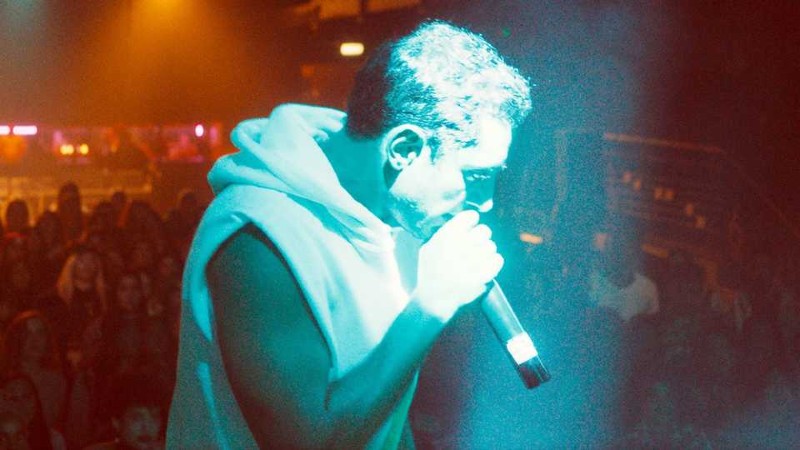Michel Franco recently achieved Silver Lion success at last month’s Venice Film International Festival for his latest movie New Order – a cautionary fable of a violent class revolution against Mexico’s 1%ers. Franco was invited to the San Sebastian International Film Festival to act as an Official Selection jury member under President Luca Guadagnino and to exhibit his film in the audience’s choice section, known as Perlak.
Despite a hectic schedule of screening, galas and award givings at San Sebastian, Michel found time to sit with DMovies and representatives from other publications for a round-table interview to talk about the social climate of Mexico explored in New Order, his thoughts on revolution (ill-advised), politics (defiantly apathetic) and whether he is interested in exploring the televisual medium (adamantly opposed).
Before sitting with Michel, I had only met two Mexicans in my life. One was a bioscience researcher in Spain for a conference. He recounted to me his six-hour daily commutes across Mexico City and spoke passionately of his gratitude for the opportunity to visit Europe as something that he never imagined possible for himself. The sincerity of his words would have melted the most frigid of hearts. The other was a stuck up, privately educated student on her year abroad whose family owned horses. This neatly illustrates the ongoing tensions of the city and country at large that are explored by New Order. Our own Editor Victor Fraga was lukewarm on the film when seen at Venice, citing fatigue for the fetishisation and stereotyping of violence in films coming out of Latin America (Victor is Brazilian). Indeed, the film is extremely and, perhaps, gratuitously violent.
Instead, I found that the casual, clinical nature of the physical and systemic brutalities illustrates the futility of violence and the film itself contains no winners from either side of the class divide. It even stops short of the everyday atrocities committed against Mexican immigrants in US detention centres (see recent whistleblower accounts of forced hysterectomies in border detention centres). With these points in mind, we turn to Michel for more in-depth analysis. Spoilers follow.
New Order premieres in the UK in October as part of the BFI London Film Festival.
…
.
Charles Williams – What is your background? Which side of the class divide are you on?
Michel Franco – You can guess – I’m part of that privileged bubble, of course. I live four blocks away from the Louis Vuitton store. I could walk to the filming location, three minutes and I was there. However, there are eight main characters. I try to have Martha and Christian as their roles are as important or more important than the others. I try to balance things, if that’s possible in an 80-minute movie. It was quite ambitious. I don’t know if I achieved it or not.
On dystopia as reality:
I started thinking about the movie six years ago, writing four years ago and the script was finished three years ago. Shooting ended a year and a half ago, so it’s been a long process. I was thinking of something set in the near future but socially it was already relevant – with the Yellow Vests and Chile, the Arab world and Hong Kong and, later, Black Lives Matter and the pandemic. Each of those was a confirmation that there was a real need for the movie. Plus, the race of fascism, of governments putting more effort into controlling people and militarising instead of improving living conditions. So the dystopian world seemed to be closer than I thought six years ago.
On real-world social movements today:
MF – They’re having to do all those demonstrations in 2020, 60 years after Martin Luther King was assassinated, just to prove that Afro-Americans need to be treated equally. Jesus, I mean let’s not kid ourselves. The only positive thing is that with Black Lives Matter you see a mix of people – it isn’t only Afro-Americans on the streets. That was a nice image of “okay, we are all against this way of living”.
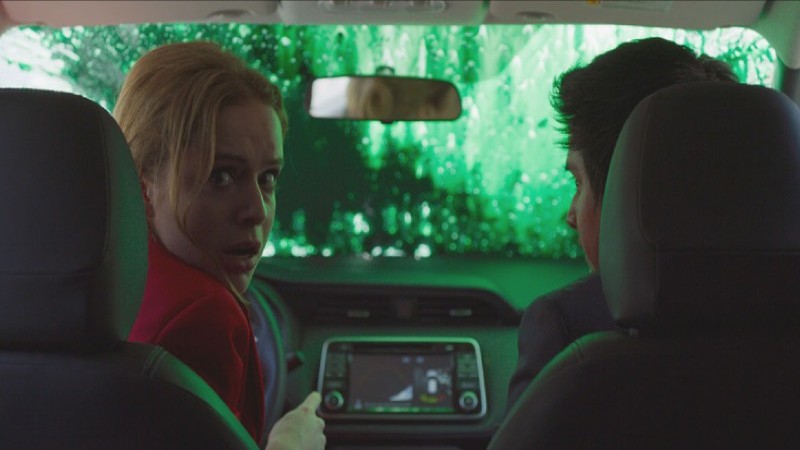
On the use of the lurid green paint as a symbol for the revolutionary movement:
MF – Green is on the Mexican flag and green is the colour of hope – you know, for the ecology movements. I like to think that there’s a backstory even though it’s not portrayed in the movie that maybe this started as peaceful and then it kept growing up until the point that it’s portrayed in the movie.
On remaining apolitical:
MF – I really prevent talking about politics because it’s been so hard to make this fucking movie. So hard. It was really walking a thin line and I’m afraid if I talk about politics, even a little bit, all the attention will be rerouted. It’s not only “Michel doesn’t want to talk about politics”… I’m interested in the social dimensions of the conflicts that I’m portraying. Politicians come and go and if you make a movie for political purposes, or reasons, the process of making a movie is so long that by the time you release it the political purpose will be gone. Lost. So I don’t care about politics.
On the brutal violence depicted:
MF – I think showing violence is a positive thing if you portray it in a realistic way. If you portray violence for the audience to enjoy watching it then the director is picking it from a wrong angle.Ii don’t think that the violence in this movie is ever meant for the audience to enjoy and most of the violence is off-screen anyhow. It is just getting started when I cut away. I think what’s really violent is the everyday interactions when, for example, Pilar commands the nurses to help around the house and clean this or that. When Daniel accuses the woman who took care of him when he was growing up as a kidnapper. That he can easily point her out as a criminal without any basis – to me that’s the real violence, isn’t it. When these wealthy people are doing these violent things it’s almost invisible.
On the inevitability of class movements resorting to violence:
MF – When poorer people are rioting there is blood because they have no other way to show their discontent. I think the system is made in such a way that the vast majority of people cannot succeed and cannot progress. I’m convinced that the system is built in this way. I like the ending of The Leopard (Luchino Visconti, 1963), there’s this famous saying “everything had to change and be moved around in order to stay the same”. Many people, when the film is finished, they say “why new order” if it’s what they had before, or worse?” That’s exactly what I mean.
On the Mexican film industry:
MF – There’s a lot of things that make Mexico a hot country for cinema now. When I made my first movie, eight movies were shot per year in Mexico. Or 10, maximum. Now we have 200, only 12 years later. That has to do with the support of the government and with the community. We have a great film community but there are constant threats of pulling back the government aid so that would kill cinema. Especially with the pandemic, they’re cutting money here and there. Countries that see cultural, educational cinema as a luxury will pay a much bigger price in the long run.
On the support of fellow Mexican directors:
MF – Before going to Venice, and after, I got phone calls from, you know, Cuarón and Iñárritu. Reygadas, Amat Escalante and Gabriel Ripstein. We’re all saying to each other “if you need anything…”. Now Iñárritu is going to be back in Mexico shooting like Cuarón just did. So, whatever he needs, everyone is waiting. It’s a good community.
On future filming plans:
MF – I want to keep making movies in Mexico, because that’s where I was born and raised. Writing is the hardest part, I think, and writing about a place I know and people I know in my own language is already super difficult. I already made a film in the States, which is Chronic (2015), with Tim Roth. I think I’m going to make more in the States, only because I want to work with certain actors but also because Mexico and the States, we are so close. It’s by far the country that I have visited most. We always say that we’re “too far from God and too close to the states”. Poor Mexico.
CW – Do you want to continue working at this scale?
MF – Yes, yes – I don’t like big budgets. The question is super easy. The bigger the budget, the less control you have and the less freedom. If you take more money from more people they have more to say… I’m just happy making a movie every two years, or even every year if I could. If I can, I’d love that.
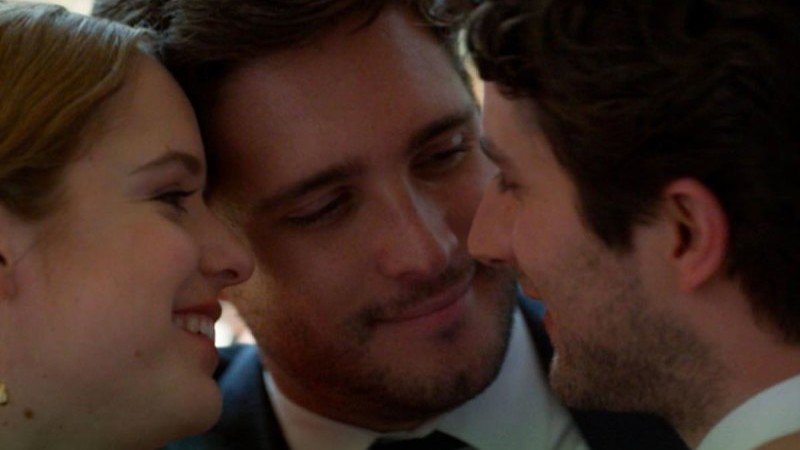
On his early film influences:
MF – The first few movies that caused a strong impact on me… When I was 14 or 15 I saw A Clockwork Orange (Stanley Kubrick, 1971), Los Olvidados (Luis Bunuel, 1950) and Pulp Fiction (Quentin Tarantino). Pulp Fiction came out in 1994, I was 14 and it blew my mind, you know. Of course now we know it, there was nothing new in it but at 14 you see the main character killed halfway through the movie and then he reappears… Actually I also saw in cinemas a Mexican movie, Midaq Alley (Jorge Fons, 1995), and it also has that kind of structure. That was great because I said “Ah! Not only Tarantino can make that but you can!” You know what movie I’m talking about? It’s the only Salma Hayek movie in Mexico. It’s a great one, based on a Nobel prize-winning Egyptian novel and it’s a great movie. It’s playing with the same structure so those movies were important to the Mexican movies from the 1990s.
CW – This might sound odd but I wanted to ask whether you play any video games? Some of the environmental storytelling techniques on display in New Order are very reminiscent of modern games. The clues are made available for the viewer to piece together the wider story.
MF – It’s not a bad question but, I just play soccer, Fifa. I guess I’ll play some video games then. They’re fun, I’m not against playing video games… I hear they’re very violent though!
On streaming and the possibility of directing a series:
MF – By far, I prefer working for cinema. I like cinema a lot more than TV. I thought about it before shooting the movie and I might do it. My favourite filmmakers – people like Fassbinder, Bergman and Kieślowski -, they all made TV. To begin with, the size of the screen. You shoot differently when you’re thinking of cinema and TV. But I think these series are killing the mystery of cinema, they’re really going backwards. They’re just like this storytelling without any cinematic purpose and the problem is that young directors and actors don’t even notice the difference. You hear silly things like “you can go deeper because you have more time on the screen”. They don’t understand that the art of cinema is the opposite. Read Bresson, his notes from years ago… It’s dangerous. This streaming culture is super dangerous.
CW – I had a very strong experience when I left the film. It was the first film I saw in an unfamiliar venue and as I left the room the attendant from the festival was there, in his black uniform with his mask, ushering me in a direction that I hadn’t entered by. Having just seen faceless soldiers processing people through violent detention I had a very real, visceral urge to recoil from this authority figure. You don’t get reactions like that from small screen viewing.
MF – When I was still editing the movie and doing the sound design, we were already in the current situation. It was so strange to emerge from my editing to see empty streets and so on… [Here in Spain] they are going back to curfews, but mostly for populous areas and not the posh neighbourhoods.
Michel Franco is pictured at the top of this interview. The other images are stills from his latest feature.
